Why does stainless steel also rust?
- Categories:News
- Author:
- Origin:
- Time of issue:2021-03-26
- Views:0
(Summary description)When brown rust spots (spots) appear on the surface of stainless steel pipes, people are amazed: "Stainless steel does not rust, and if it rusts, it is not stainless steel, and there may be a problem with the steel." In fact, this is a one-sided misconception about the lack of understanding of stainless steel. Stainless steel will also rust under certain conditions.
Why does stainless steel also rust?
(Summary description)When brown rust spots (spots) appear on the surface of stainless steel pipes, people are amazed: "Stainless steel does not rust, and if it rusts, it is not stainless steel, and there may be a problem with the steel." In fact, this is a one-sided misconception about the lack of understanding of stainless steel. Stainless steel will also rust under certain conditions.
- Categories:News
- Author:
- Origin:
- Time of issue:2021-03-26
- Views:0
When brown rust spots (spots) appear on the surface of stainless steel pipes, people are amazed: "Stainless steel does not rust, and if it rusts, it is not stainless steel, and there may be a problem with the steel." In fact, this is a one-sided misconception about the lack of understanding of stainless steel. Stainless steel will also rust under certain conditions.
Stainless steel has the ability to resist atmospheric oxidation— that is, rust resistance, and it also has the ability to resist corrosion in media containing acids, alkalis, and salts—that is, corrosion resistance. However, the size of its anti-corrosion ability varies with the chemical composition of its steel itself, the state of mutual addition, the conditions of use and the type of environmental media. For example, 304 steel pipe has absolutely excellent anti-corrosion ability in a dry and clean atmosphere, but if it is moved to the seaside area, it will rust soon in the sea fog containing a lot of salt; while the 3 steel pipe shows good. Therefore, it is not any kind of stainless steel that can resist corrosion and rust in any environment.
There are many forms of damage to the surface film, the most common in daily life are as follows:
Stainless steel relies on a very thin, firm, fine and stable chromium-rich oxide film (protective film) formed on its surface to prevent the continuous infiltration and oxidation of oxygen atoms to obtain the ability to resist rust. Once for some reason, this film is continuously damaged, oxygen atoms in the air or liquid will continue to infiltrate or iron atoms in the metal will continue to separate out, forming loose iron oxide, and the metal surface will be continuously corroded. There are many forms of damage to this surface film, the most common in daily life are the following:
1. On the surface of stainless steel, there are deposits of dust or heterogeneous metal particles containing other metal elements. In humid air, the condensed water between the deposits and the stainless steel connects the two into a micro-battery, which triggers an electrochemical reaction. , the protective film is damaged, called electrochemical corrosion.
2. Organic juices (such as vegetables, noodle soup, sputum, etc.) adhere to the surface of stainless steel. In the presence of water and oxygen, organic acids are formed, and organic acids will corrode the metal surface for a long time.
3. The surface of stainless steel adheres to substances containing acids, alkalis and salts (such as alkali water and lime water splashing from the decoration walls), causing local corrosion.
4. In the polluted air (such as the atmosphere containing a large amount of sulfide, carbon oxide, nitrogen oxide), when it encounters condensed water, it will form sulfuric acid, nitric acid, and acetic acid liquid points, causing chemical corrosion.
The above conditions can cause damage to the protective film on the stainless steel surface and cause rust.
Therefore, to ensure that the metal surface is permanently bright and not rusted, we recommend:
1. The surface of decorative stainless steel must be cleaned and scrubbed frequently to remove attachments and eliminate external factors that cause modification.
2. 316 stainless steel should be used in seaside areas, which can resist seawater corrosion.
3. The chemical composition of some stainless steel pipes on the market cannot meet the corresponding national standards and cannot meet the 304 material requirements. Therefore, it will also cause rust, which requires users to carefully choose products from reputable manufacturers.
Why is stainless steel also magnetic?
People often think that magnets attract stainless steel to verify its pros and cons and its authenticity. If it does not attract non-magnetism, it is considered to be good, and it is genuine; if it is magnetic, it is considered to be counterfeit. In fact, this is an extremely one-sided, unrealistic and wrong identification method.

There are many kinds of stainless steel, which can be divided into several categories according to the structure at room temperature:
1. Austenitic type: such as 201, 202, 301, 304, 316, etc.;
2. Martensite or ferrite type: such as 430, 420, 410, etc.;
The austenitic type is non-magnetic or weakly magnetic, and the martensite or ferrite is magnetic.
Most of the stainless steel usually used for decorative tube sheets is austenitic 304 material, which is generally non-magnetic or weakly magnetic, but may also appear magnetic due to fluctuations in chemical composition or different processing conditions caused by smelting, but this cannot be considered as a Counterfeit or substandard, what is the reason for this?
As mentioned above, austenite is non-magnetic or weakly magnetic, while martensite or ferrite is magnetic. Due to component segregation or improper heat treatment during smelting, a small amount of martensite or ferrite in austenitic 304 stainless steel will be caused. body tissue. In this way, 304 stainless steel will have weak magnetism.
In addition, after cold working of 304 stainless steel, the structure will also be transformed into martensite. The greater the cold working deformation, the more martensite transformation, and the greater the magnetic properties of the steel. Like a batch of steel strips, Φ76 tubes are produced without obvious magnetic induction, and Φ9.5 tubes are produced. The magnetic induction is more obvious due to the large deformation of the bending and bending. The deformation of the square rectangular tube is larger than that of the round tube, especially the corner part, the deformation is more intense and the magnetic force is more obvious.
In order to completely eliminate the magnetic properties of 304 steel caused by the above reasons , the stable austenite structure can be restored by high-temperature solution treatment, thereby eliminating the magnetic properties.
In particular, the magnetic properties of 304 stainless steel caused by the above reasons are completely different from those of other materials such as 430 and carbon steel, which means that the magnetic properties of 304 steel always show weak magnetic properties.
This tells us that if the stainless steel strip is weakly magnetic or completely non-magnetic, it should be judged as 304 or 316 material; if it is the same as carbon steel, it shows strong magnetism, because it is judged as not 304 material.
Scan the QR code to read on your phone
-- Recommend --












Shijiazhuang Tianwang Environmental Protection Technology Co., Ltd.
Shijiazhuang Tianwang Environmental Protection Technology Co., Ltd. is a high-tech enterprise specializing in the research and development, manufacturing and sales of water treatment equipment.
Contact information
Production address: No. 9, Fengchan Road, Economic and Technological Development Zone, Shijiazhuang City
Office Address: 25th Floor, Block C, No. 310 Changjiang Avenue, Shijiazhuang High-tech Development Zone
Contact number:
Copyright ©2022 Shijiazhuang Tianwang Environmental Protection Technology Co., Ltd. 冀ICP备13019843号-1 Powered by 300.cn SEO
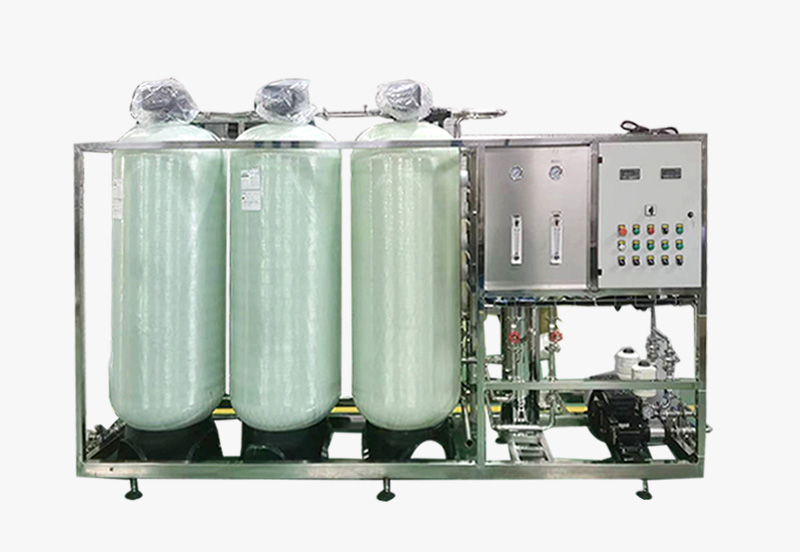
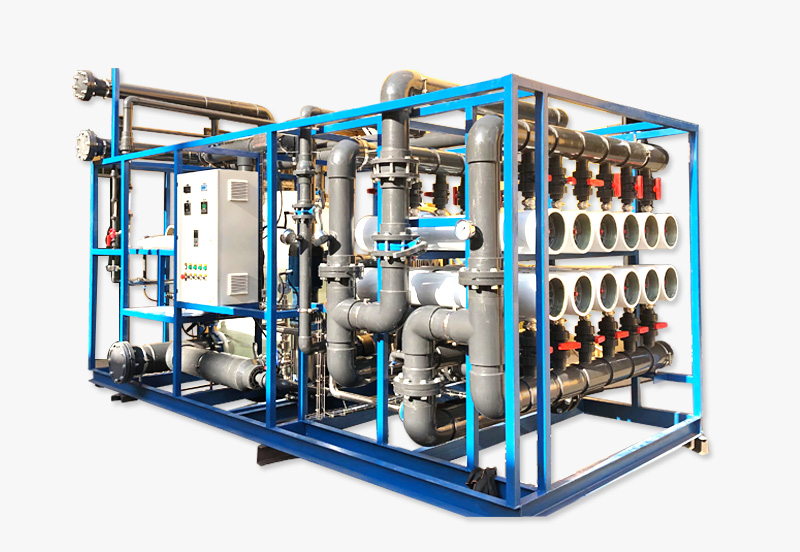
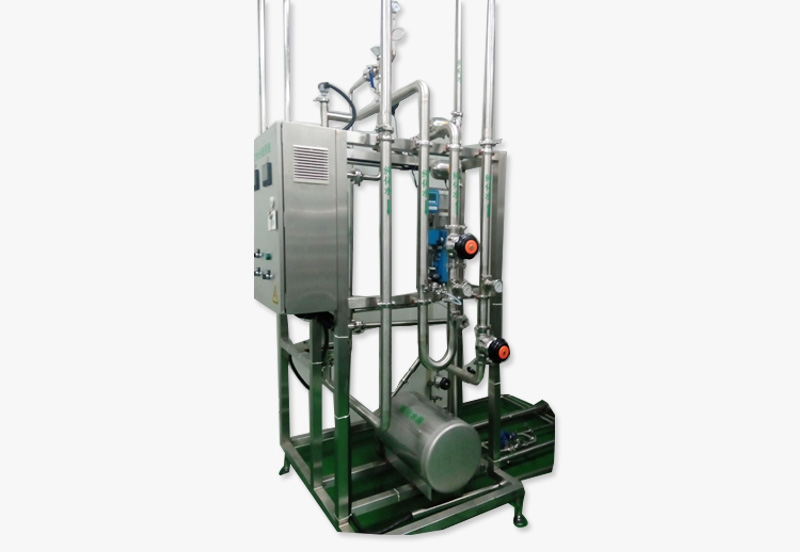
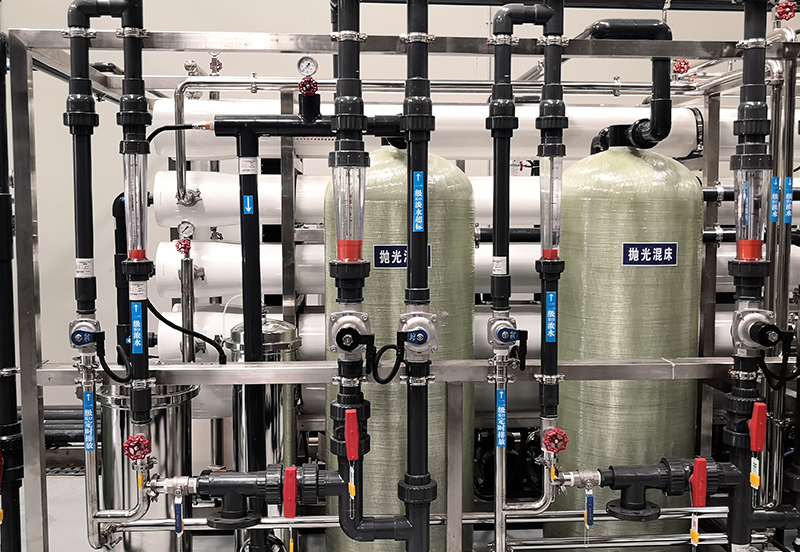
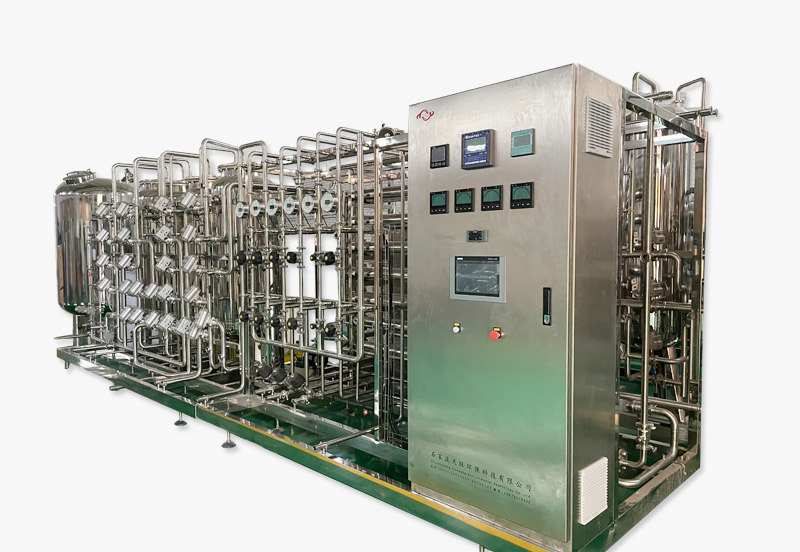
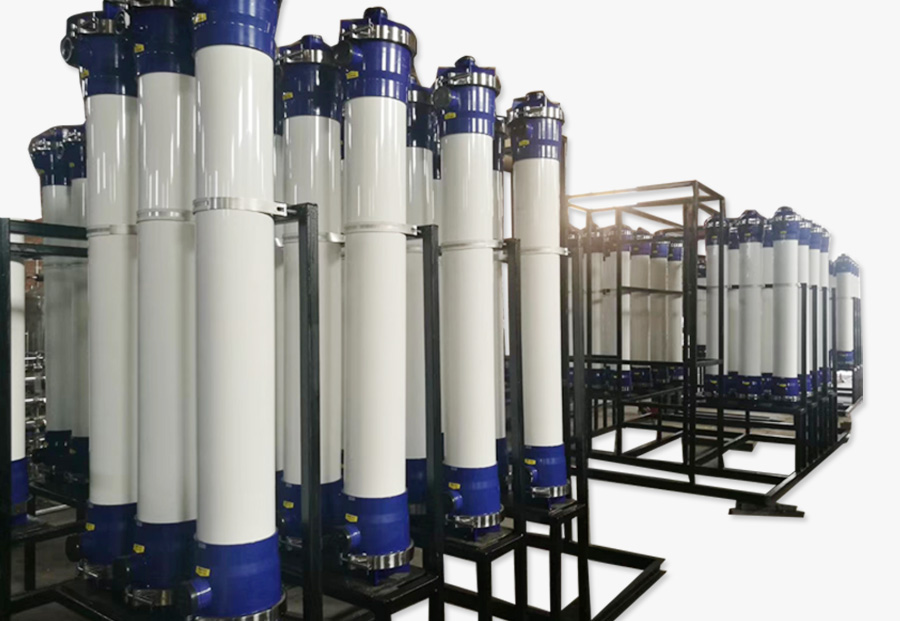

 0311-89272359
0311-89272359


 Message
Message
 Message
Message
